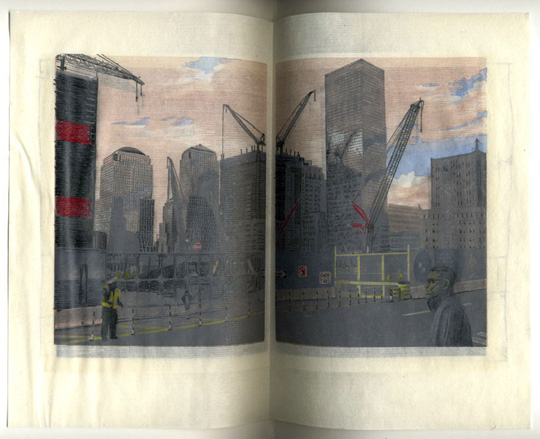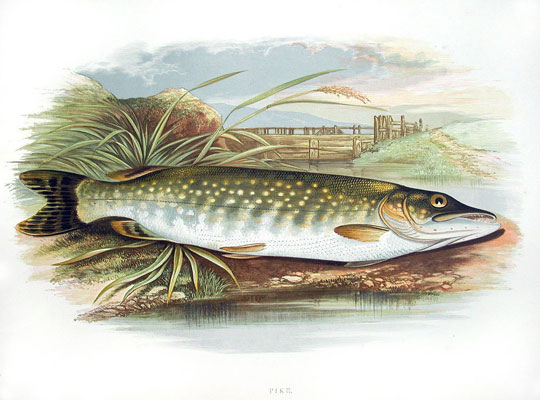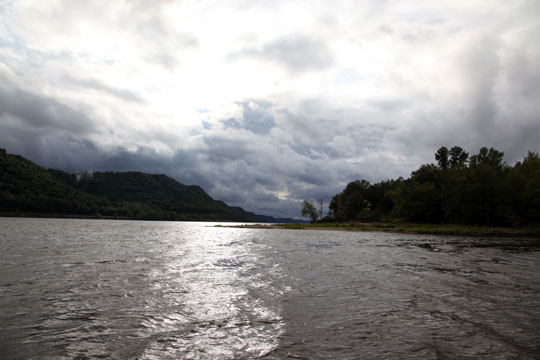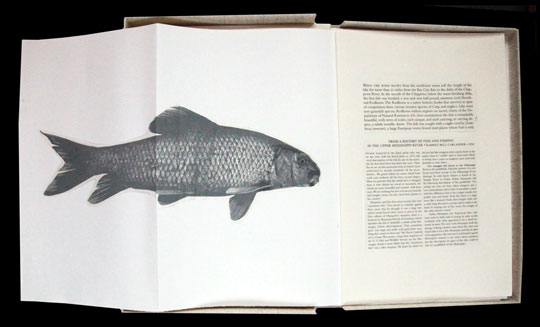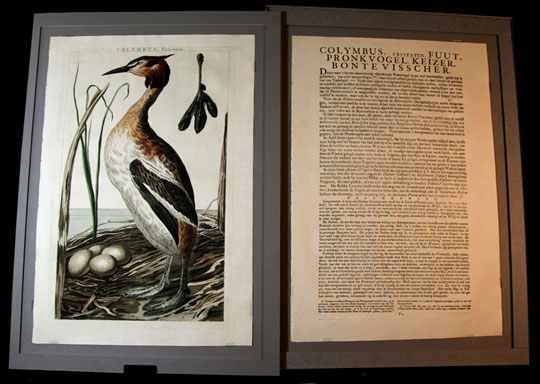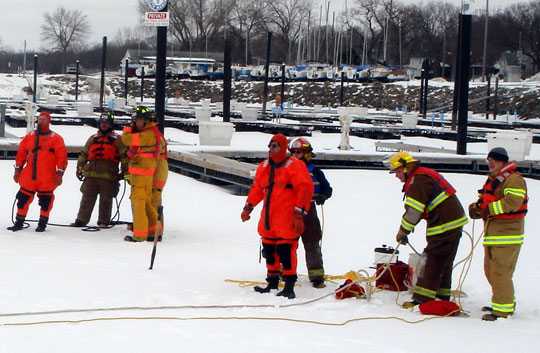
The days leading up to inking up the press for the first press run of a book pass slowly. Every excuse for delay is taken: sweeping the floors, getting one’s hair cut, feeding the dogs. I have cut the paper for The Bicycle Diaries engravings. This is not as simple a task as you may think. A number of subtle details must be taken into account such as loction (within the printed book) of water marks, decked edges, and alternating the front and back sides of the paper throughout the book. Although the two sides of mould-made book printing paper are remarkably similar, there is a subtle difference in texture, and one side is slightly convex, making the other side, naturally, convex. It is important to alternate the relative faces of the paper or the pages will tend to cling to each other, and spreads will not open easily. All this plus the accuracy and squareness of each cut of the paper is critical.

I used to think it was important to make images and text share the pages in a book as seamlessly as possible. Image and text would often be printed on the same page, and I had no problem printing type on the back of an image. I felt this was essential to maintaining a smooth flow through the book. I have changed my mind with Diaries. At the outset I decided to print the images not only on a separate sheet from the text, but also on a different paper with nothing printed on the back. An unexpected bonus to this approach is the opportunity to print more than one image at a time. This is possible because the printed image sheet will later be cut up, and the individual images inserted into the book in their respective positions.
